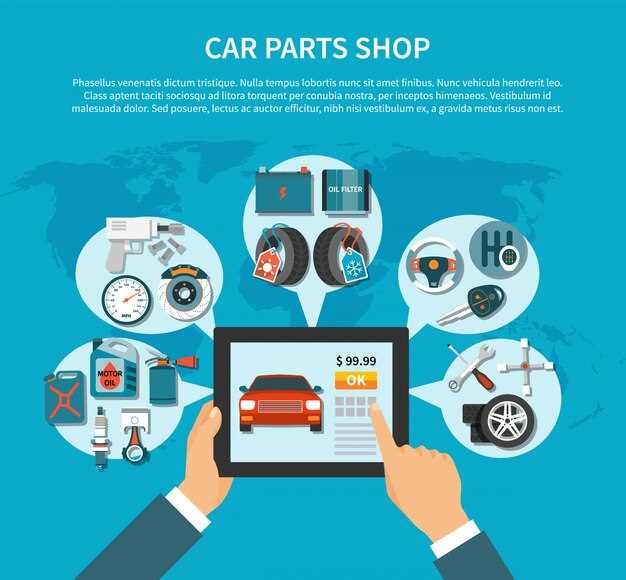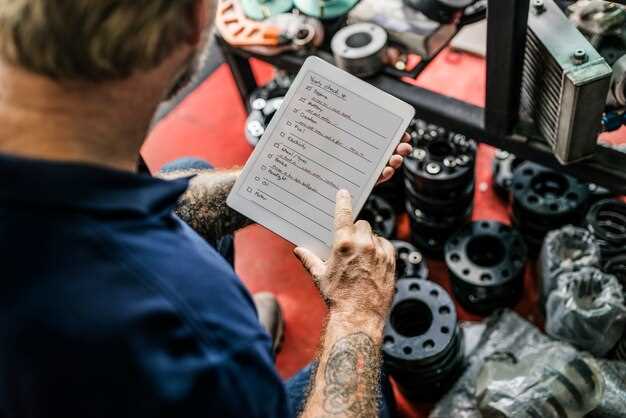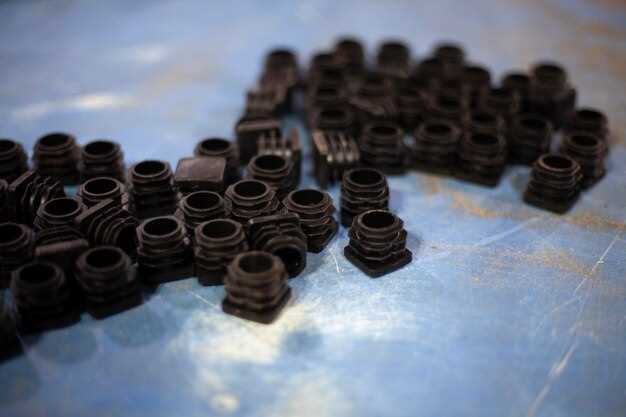
How to identify counterfeit car parts

In today’s automotive world, the risk of encountering counterfeit car parts has never been higher. As the demand for vehicle repairs and enhancements increases, so does the proliferation of fake parts that promise quality but fail to deliver. These counterfeit components not only compromise vehicle performance but can also jeopardize the safety of drivers and passengers on the road.
Understanding how to identify genuine parts is essential for every car owner. Fake parts are often made from substandard materials and lack the rigorous testing that legitimate manufacturers uphold. This guide will equip you with the knowledge to discern authentic parts from their counterfeit counterparts, ensuring that your vehicle remains safe and reliable.
Recognizing the signs of fake parts can save you not only money but also protect your life and the lives of others. With the right information at your disposal, you can make informed decisions when purchasing car parts and maintain the integrity of your vehicle. Dive into this practical guide to learn about the risks associated with counterfeit parts and how to safeguard your automotive investments.
Key Signs of Counterfeit Car Parts You Should Know

Identifying fake car parts is crucial for maintaining your vehicle’s safety and performance. Here are some key signs to look out for:
Price Discrepancy: If the price of a car part is significantly lower than the market average, it could be a red flag. Genuine parts have a consistent pricing structure that reflects their quality and reliability. Unusually cheap prices often indicate counterfeit products.
Poor Packaging: Authentic car parts typically come in high-quality packaging with proper branding. If the packaging is subpar, lacks proper labeling, or is missing critical information like part numbers and manufacturer’s details, it’s likely a fake.
Quality of Materials: Genuine car parts are made from high-grade materials and have a reliable construction. If the part feels lightweight, flimsy, or poorly made, it may be counterfeit. Examine components for any rough edges, inconsistencies, or poor craftsmanship.
Missing Safety Certifications: Check for certification marks that signify compliance with industry standards. Counterfeit parts often lack these certifications, which can put your vehicle at risk.
Unusual Seller Sources: Be cautious when purchasing from unknown websites, flea markets, or unauthorized dealers. Reliable suppliers of genuine car parts have a proven track record and offer documentation to confirm authenticity.
Inconsistencies in Part Numbers: Each car part has a unique identifier. If you notice discrepancies in part numbers or if they don’t match the specifications provided by your vehicle manufacturer, it may indicate a fake product.
Staying vigilant about these signs can help you avoid the risks associated with counterfeit car parts, ensuring your vehicle remains safe and reliable on the road.
How to Verify the Authenticity of Car Parts Before Purchase
Verifying the authenticity of car parts is crucial for ensuring safety and reliability on the road. Here are several effective methods to help you avoid fake components.
First, always purchase car parts from authorized dealers or reputable retailers. These sources typically offer genuine OEM (Original Equipment Manufacturer) parts, which guarantee compatibility and quality. Checking the dealer’s credentials and customer reviews can further confirm their reliability.
Next, examine the packaging of the parts. Authentic car parts often come in branded packaging that includes a part number and description. Look for any signs of tampering or poor-quality printing, as these may indicate counterfeit products.
Another important step is to research the part number. Authentic parts have specific identifiers that you can cross-reference with the manufacturer’s database or website. If the part number does not match or seems suspicious, it’s a red flag for potential fakes.
Additionally, inspect the physical characteristics of the part. Genuine parts are usually crafted with high-quality materials and precise workmanship. Check for inconsistencies, such as rough edges, poor finishes, or incorrect dimensions, which are common indicators of fake components.
It’s also helpful to consult with automotive professionals or forums dedicated to car maintenance. Experienced users often share their insights on identifying authentic versus fake parts, providing valuable information you can use during your purchase process.
Lastly, ensure that the part comes with a warranty or guarantee. Reputable manufacturers stand behind their products, and a warranty is a sign of confidence in the part’s authenticity. If a seller cannot provide this, consider it a warning sign regarding the safety and quality of the part.
The Safety Risks Associated with Using Fake Car Parts

Using fake car parts poses significant safety risks that can jeopardize both the driver and passengers’ well-being. Fake parts often lack the necessary quality assurance and rigorous testing that genuine components undergo. This can lead to failures in critical systems, such as brakes, steering, and suspension.
One of the primary risks associated with counterfeit parts is their unreliability. For instance, fake brake components may not provide adequate stopping power, potentially resulting in accidents. Similarly, imitation tires may not adhere properly to the road, increasing the likelihood of skidding or blowouts.
Furthermore, fake car parts may not fit correctly, causing further complications during installation. Poor fitting can lead to increased wear on other parts of the vehicle, creating a domino effect that ultimately compromises safety. Long-term use of substandard components can result in system failures that endanger everyone on the road.
In addition to immediate physical risks, the use of fake parts can lead to long-term financial consequences. Repairing the damage caused by fake components can be costly, often exceeding the price of installing genuine parts. Insurance claims may also face denial if fraud is detected, leaving the vehicle owner responsible for all incurred expenses.
In conclusion, the safety risks associated with using fake car parts are serious and far-reaching. Prioritizing quality and authenticity not only ensures vehicle reliability but also safeguards the lives of all road users.